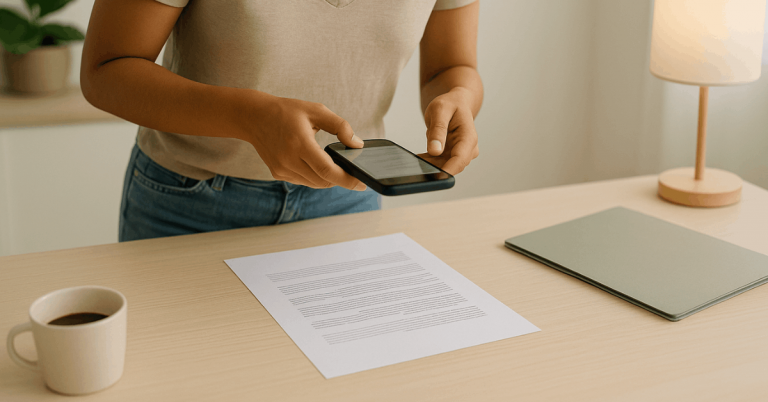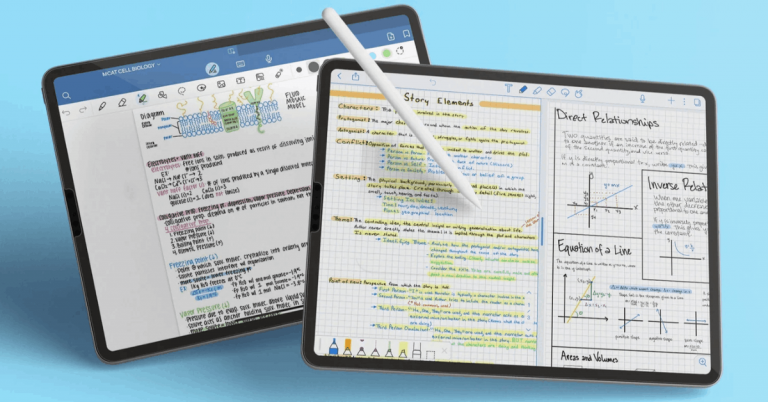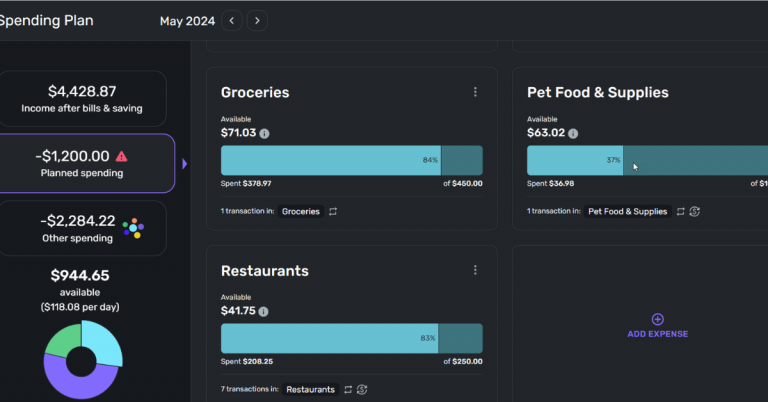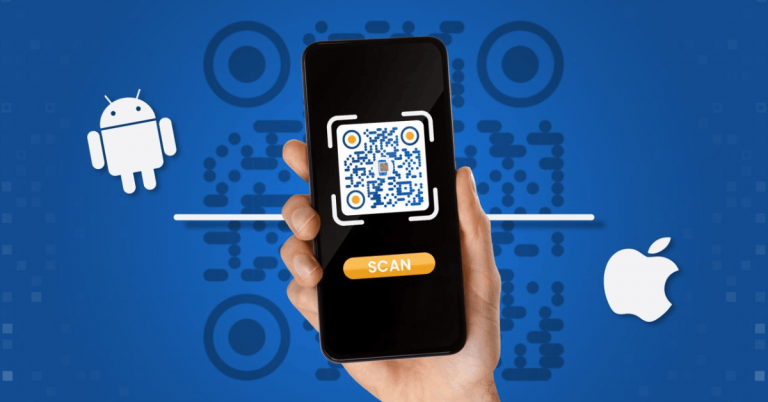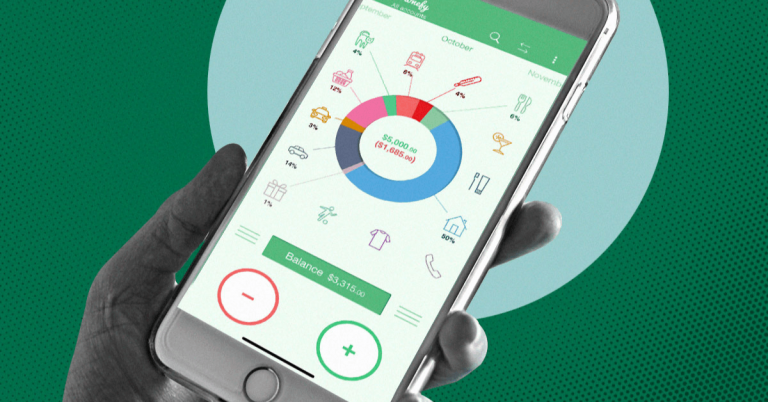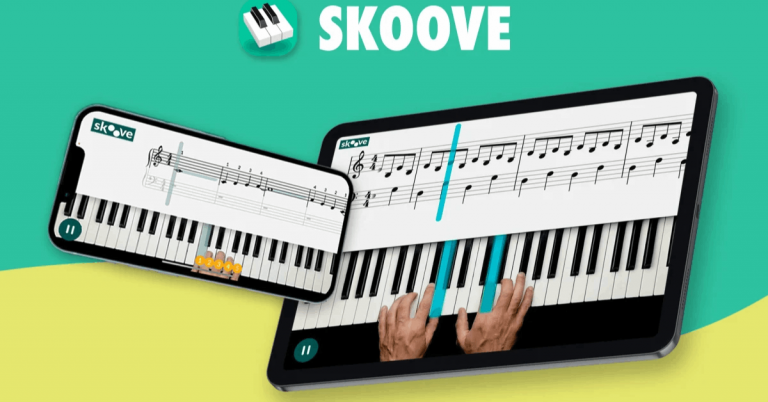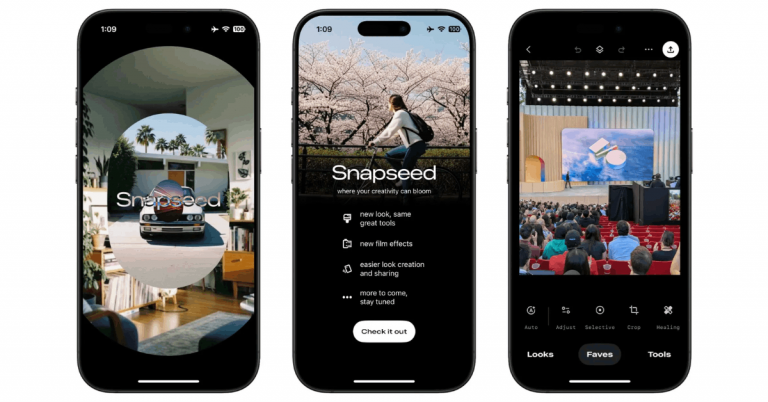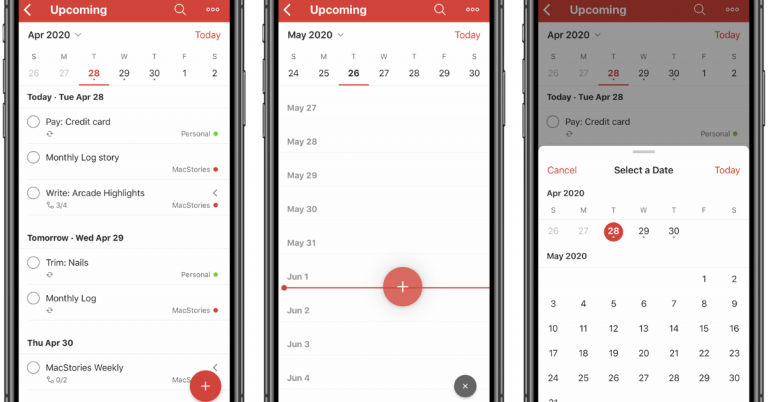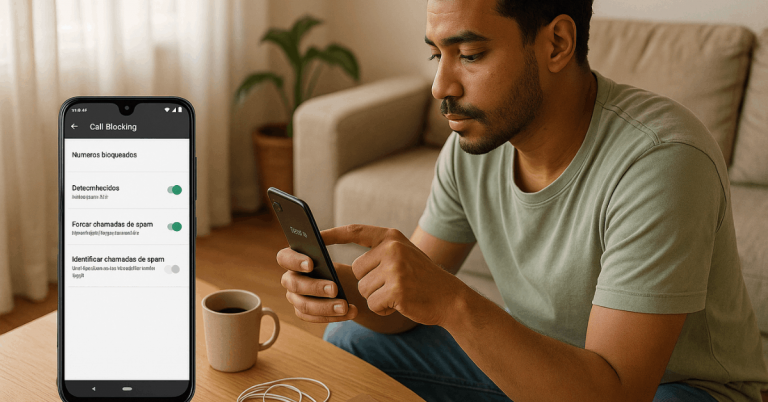If you want a practical roadmap to save money on food, this guide to apps for budget meals planning shows what to use and how to make it stick.
You will learn why budgeting your meals matters, which features actually help, and which apps deliver reliable results. The focus is on tools with clear documentation, helpful communities, and steady updates that keep your plan running smoothly.
By the end, you will know exactly what to install and how to turn a few minutes of planning into measurable savings each week.
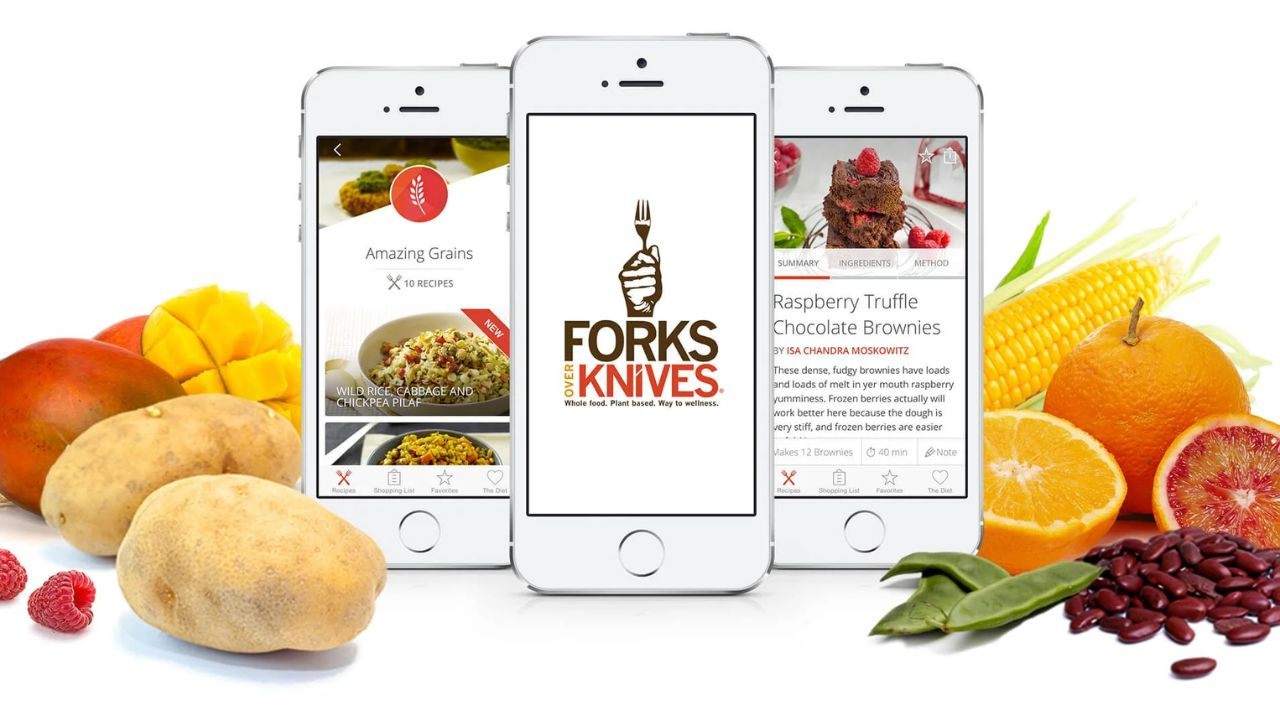
Why Budget Meal Planning Pays Off Every Week
Learning budget meal planning gives you control over costs, nutrition, and time in one simple routine.
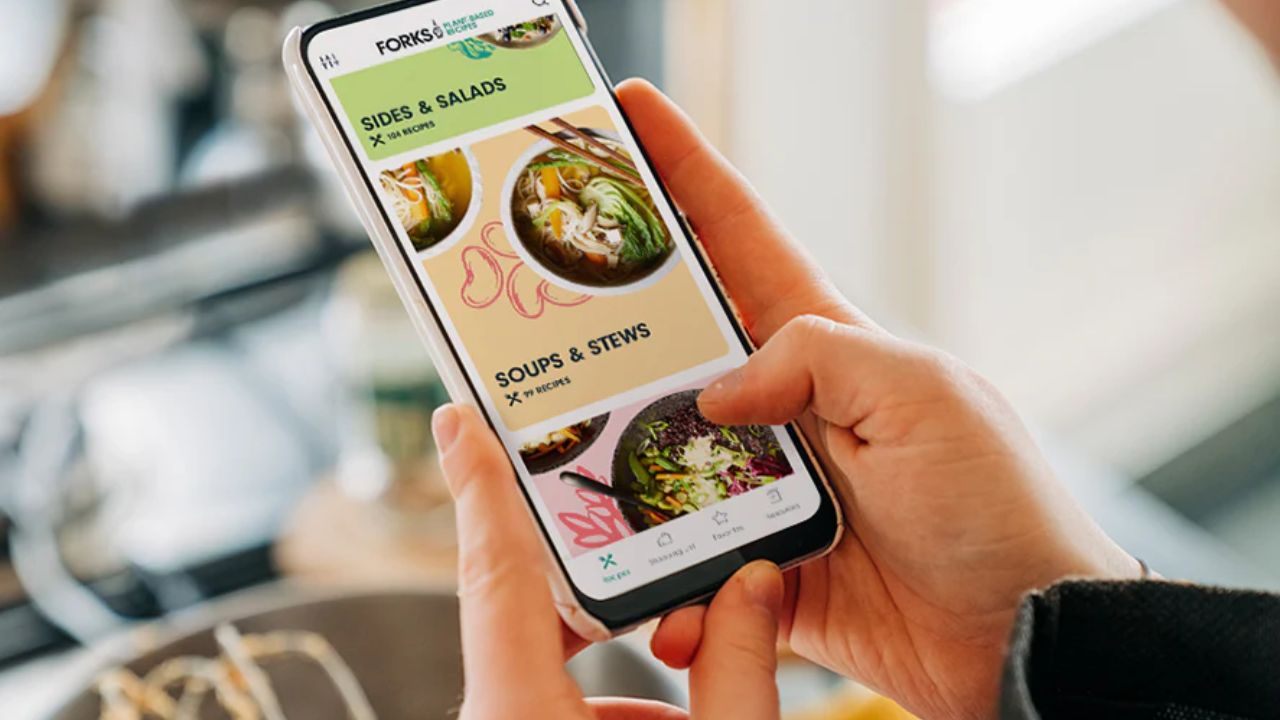
When you plan before you shop, you reduce impulse buys and food waste while keeping meals interesting.
The right apps turn a rough idea into a repeatable schedule with portions, prep notes, and grocery lists.
Over a month, these small wins compound into lower expenses and calmer evenings in the kitchen.
Cut Food Waste by Matching Plans to What You Own
Apps help you inventory your pantry and connect existing ingredients to recipes that fit your week. When you start with what is already on the shelf, you buy fewer duplicates and keep perishable items moving.
Smart lists adjust quantities so you avoid overbuying fresh herbs or produce that spoils quickly. This habit shrinks waste while stretching your budget across more balanced meals.
Save Time with Consolidated Grocery Runs
Planning clusters similar meals, which shortens prep and reduces last-minute store trips that raise costs. Many meal planning apps generate categorized lists, so you move efficiently through the aisles or place a single pickup order.
Batch cooking becomes easier because the plan ensures overlap in ingredients and cooking methods. Less back-and-forth means more time for work, family, and rest.
Improve Nutrition Without Expensive Shortcuts
Structured plans make it easier to balance proteins, vegetables, and whole grains while avoiding pricey convenience foods.
Nutrition filters inside many apps guide you toward calorie targets or dietary preferences without guesswork.
Over time, you learn which low-cost staples anchor satisfying meals that reheat well. Better planning supports steady energy and fewer takeout splurges after long days.
What to Consider When Choosing Budget Meal Planning Apps
The best app is the one you will use consistently, so evaluate reliability, core features, and how well it fits your household.
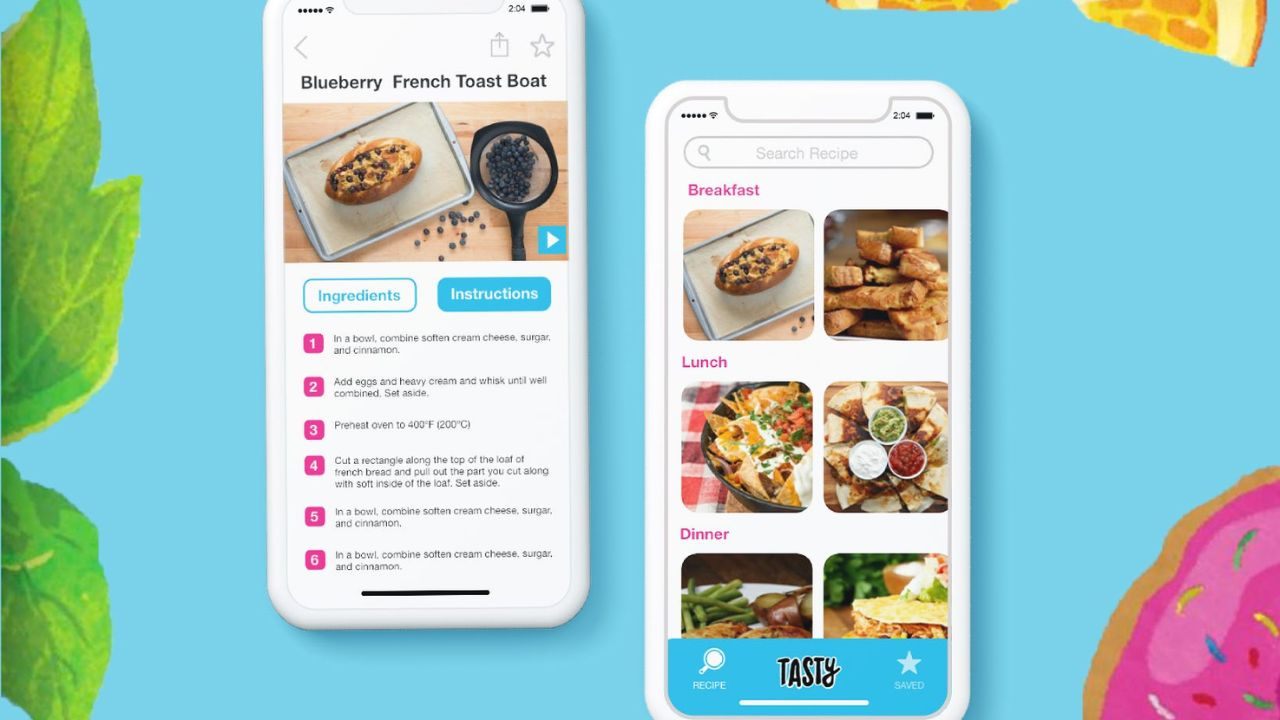
Look for tools that sync across devices and handle the basics like lists, tags, and serving sizes.
Favor apps that make it easy to import recipes and adjust plans when schedules change. Strong documentation and transparent privacy practices are also important for long-term trust.
Prioritize Recipe Management and List Generation
A strong planner lets you save recipes, edit ingredients, and scale portions without breaking formatting. Automatic grocery lists should group items by category to minimize time in store and accidental repeats.
Quick editing matters because prices and availability shift, and you will want to swap ingredients easily. If list exports or share features are available, coordinating with a partner becomes simpler.
Check Cross-Device Sync and Household Collaboration
Plans work best when every shopper and cook can see the same schedule and list. Choose apps with dependable sync so updates on your phone appear on your partner’s device immediately.
Shared lists reduce texting, prevent duplicate purchases, and keep substitutions visible. Calendars that integrate with your phone help you protect cooking time on busy days.
Look for Pantry, Nutrition, and Price-Friendly Workflow
Pantry tracking helps you plan around what you already have and set gentle reminders before items expire.
Nutrition views can guide portion sizes and macros, which is useful when you want healthy meals on a budget.
Workflow features like tags for “freezer,” “leftovers,” or “one-pan” keep plans realistic on hectic nights. The easier it is to adapt the plan, the more likely you are to sustain it.
Best-in-Class Apps for Budget Meal Planning
This section highlights widely used apps that balance ease of use, helpful features, and active support.
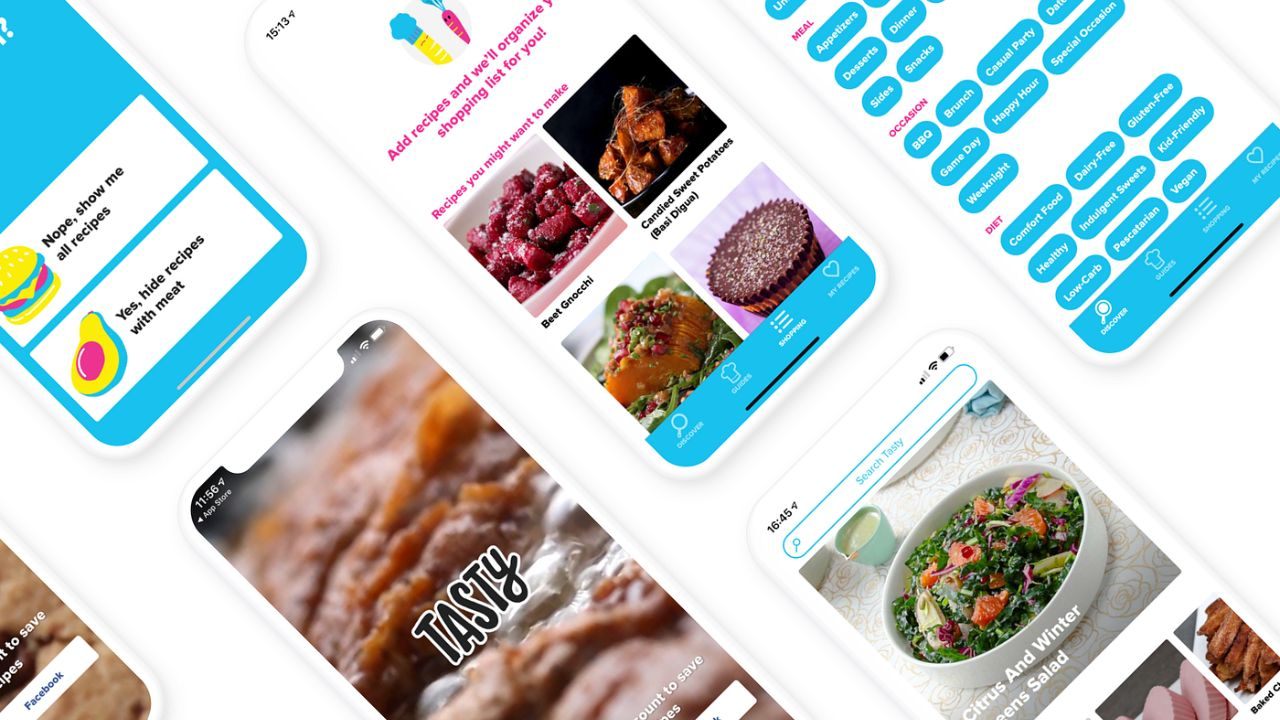
You will see recipe managers that excel at organization, planners that optimize weekly menus, and hybrid tools that handle both jobs.
Mix and match to build a stack that fits your budget, cooking style, and schedule. The variety ensures there is an option for solo cooks and large families alike.
Recipe Managers That Keep Costs and Steps Under Control
Paprika Recipe Manager excels at saving recipes, scaling portions, and creating clean, categorized grocery lists from your selections.
AnyList is strong for shared lists and simple meal schedules, making it great for households that shop collaboratively.
Whisk connects saved recipes to smart lists and offers easy substitutions that protect your budget when prices fluctuate. BigOven remains useful for turning leftovers into new meals through searchable ideas that reduce waste.
Weekly Planners That Turn Goals into Grocery-Ready Menus
Mealime builds weekly meal plans tailored to time, taste, and dietary preferences, then outputs streamlined lists you can act on quickly.
eMeals structures themed plans across cuisines and diet types, helping you lock in a full week without scrolling endlessly. PlateJoy personalizes menus using lifestyle and pantry inputs, which helps reduce random buys and unused ingredients.
Yummly combines recommendations with scheduling and adjustable servings to keep planning flexible but focused.
Cooking and Education Apps That Reinforce Budget Habits
Tasty offers step-by-step videos and concise instructions that help beginners cook confidently with affordable ingredients.
Budget Bytes pairs approachable recipes with cost-conscious guidance that trains you to evaluate price per serving.
Forks Over Knives provides whole-food recipes with clear prep steps that keep shopping lists tight and purposeful. Using an educational app alongside your planner builds skill, which saves money through better substitutions and technique.
Budget-Friendly Apps to Install First
If you want immediate traction, combine a planner with a reliable list tool and a skill-building app.
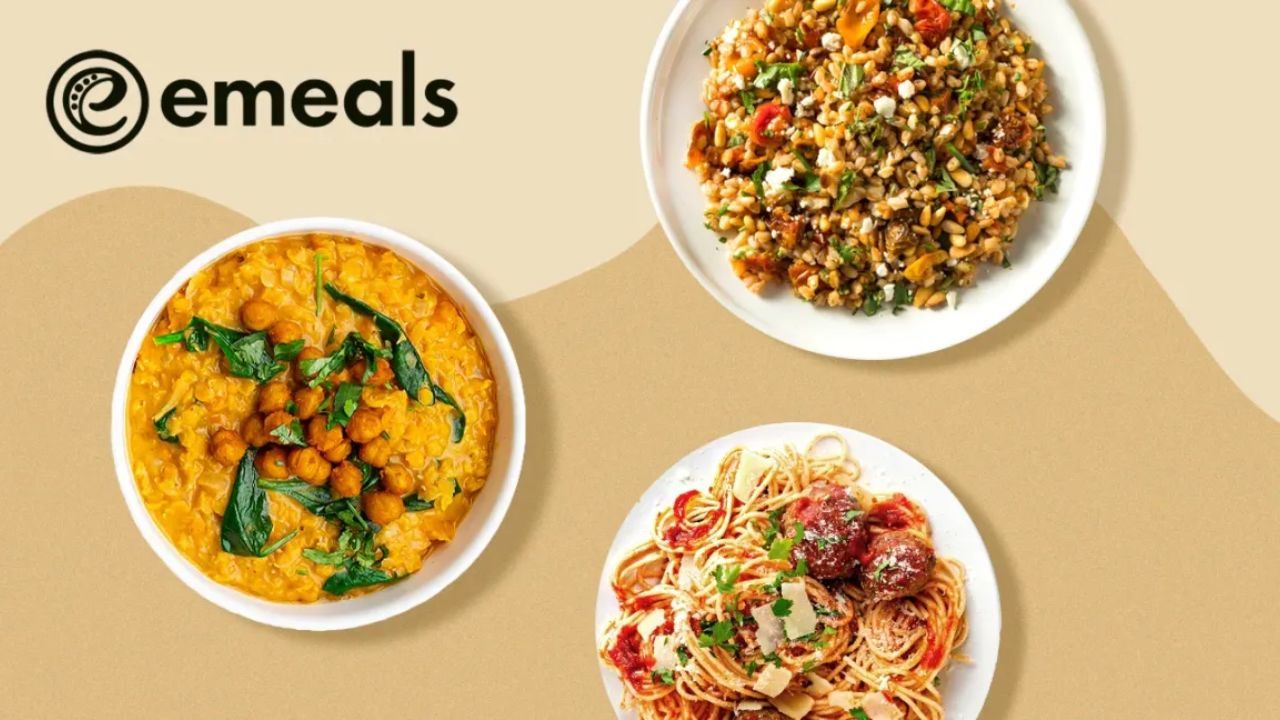
Begin with two or three, then expand as your routine settles and your needs become clearer.
The apps below have strong communities and well-documented features that fit tight schedules. Pair them thoughtfully to cover planning, shopping, and cooking without adding complexity.
Paprika, AnyList, and Whisk for Lists and Organization
Paprika’s parser saves recipes cleanly and scales servings so you buy only what you need for each meal.
AnyList shines for shared lists and simple plans, making coordination effortless for couples or families.
Whisk adds smart substitutions and flexible list building that protect your budget when stores are out of stock. Together, these three cover capture, collaboration, and adjustment with minimal friction.
Mealime, eMeals, and PlateJoy for Weekly Plans
Mealime focuses on quick, customizable menus that keep prep short and grocery lists streamlined.
eMeals helps you commit to a full week by offering curated plan tracks that match dietary goals and time constraints.
PlateJoy tailors recommendations based on household size, preferences, and pantry details you enter. With any of these, you move from browsing to a shoppable plan in minutes.
Yummly, BigOven, and Budget Bytes for Skills and Variety
Yummly suggests recipes aligned to your tastes and supports scheduling that fits your calendar.
BigOven’s “use up leftovers” ideas make it easy to turn stray ingredients into new meals with minimal spending.
Budget Bytes offers approachable recipes and practical cost-saving insights that transfer to any planner you choose. Adding one of these improves confidence and keeps your budget plan interesting long term.
Choosing the Right App Mix for Your Household
Your ideal stack depends on how you shop, cook, and share responsibilities at home.
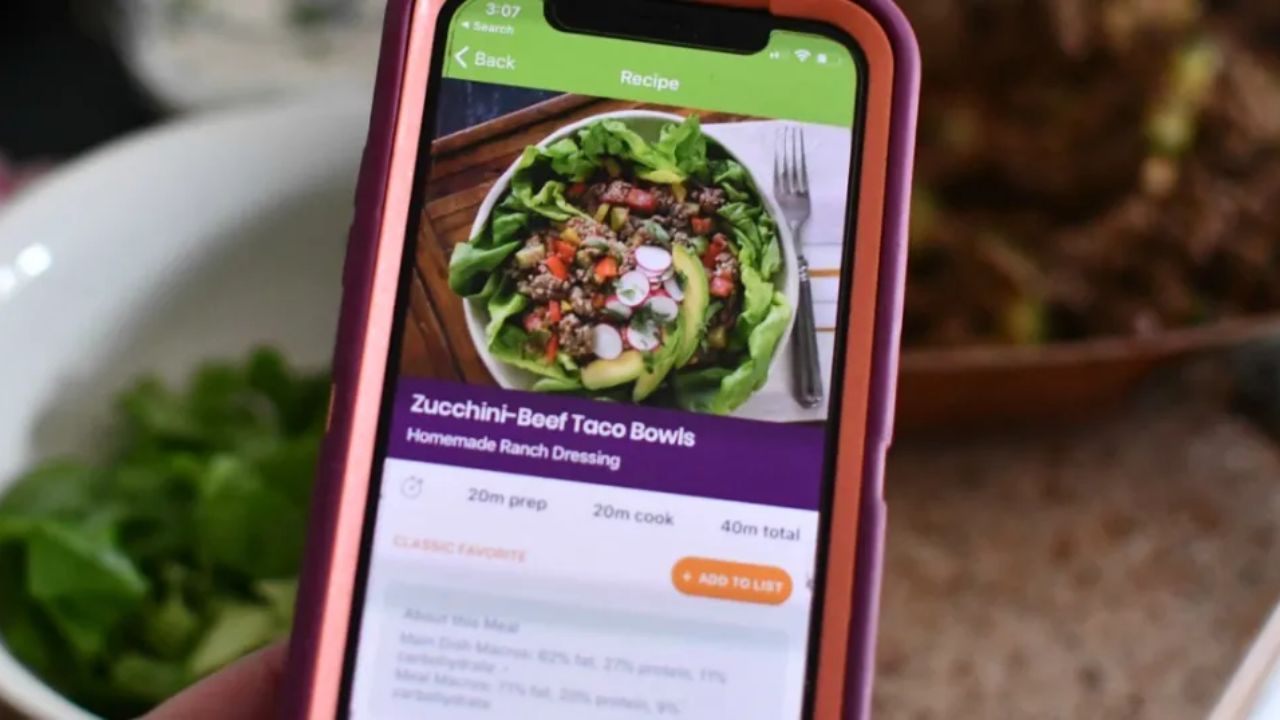
If you love to batch cook, lean on planners that simplify scaling and storage notes. If you coordinate with roommates or family, prioritize shared lists and instant sync.
When you want nutrition guidance, choose apps that surface macros or meal types without slowing you down.
Solo Cooks, Couples, and Families Need Different Defaults
Solo cooks benefit from apps that scale recipes down gracefully and track leftovers for lunches. Couples often prefer shared lists with instant updates so one person can shop while the other preps.
Families should emphasize batch-friendly recipes, freezer tags, and simple scheduling across busy calendars. Picking defaults that match your life keeps the plan realistic and sustainable.
Diet Needs and Local Availability Shape Your Picks
If you follow plant-forward, low-carb, or allergy-aware patterns, confirm that filters and tags are robust. Look for planners that handle substitutions cleanly when your local store lacks a specific item.
Price-sensitive shoppers should favor apps that make swapping brands and formats painless. A good fit minimizes friction so you keep using the tool week after week.
Privacy, Export, and Longevity Build Trust
Choose apps with clear policies and straightforward export options for recipes and lists. Longevity matters because you do not want to rebuild your library every year as tools change.
Favor products with active support and help centers so you can troubleshoot quickly. Trustworthy foundations make it easier to invite partners or kids into the workflow.
Conclusion
You now have a clear plan to use apps for budget meals planning to cut costs, reduce waste, and simplify weeknights. Start with a planner plus a shared list tool, then add a skill-builder to keep inspiration high and mistakes low.
Choose apps with strong organization, dependable sync, and easy swaps so your plan survives busy days and sold-out items.


